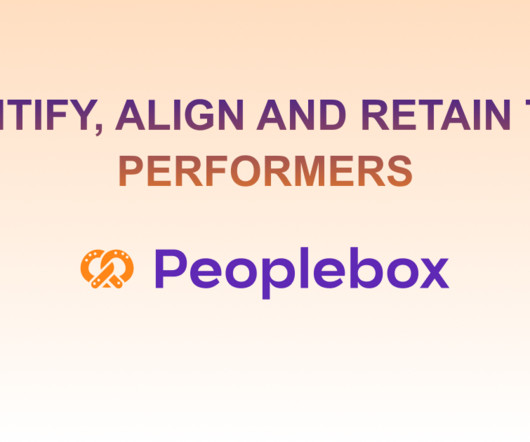Conducting the Perfect Employee Development Program
Training Orchestra
AUGUST 22, 2023
L&D departments and training companies understand the value of great employee training and development better than most. In this post we’ll examine: What are Training and Development programs? In this post we’ll examine: What are Training and Development programs?
























Let's personalize your content